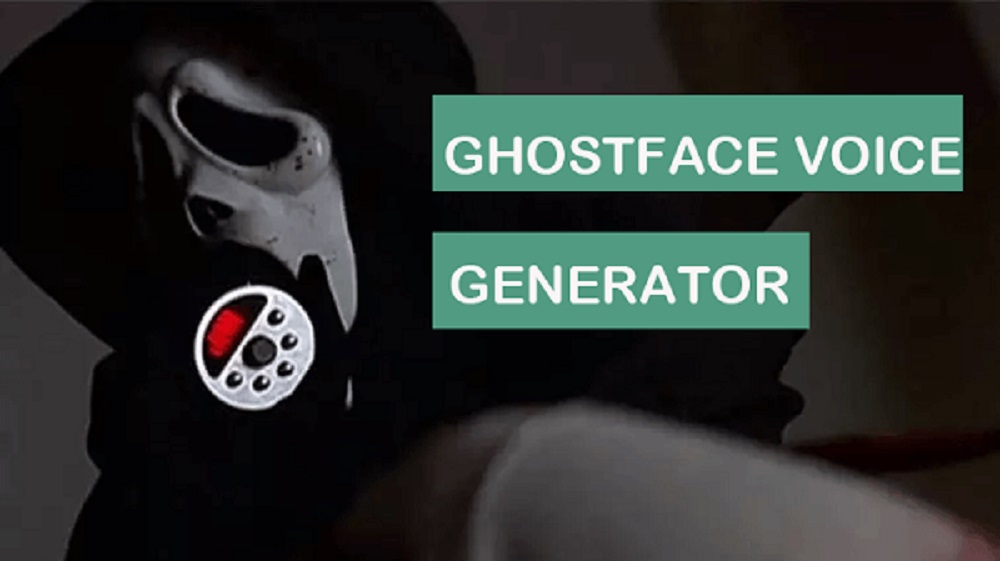In horror movies, the iconic character Ghostface has haunted our screens for decades. One of the defining features of Ghostface is the chilling and distorted voice that strikes fear into the hearts of audiences. Over time, this eerie vocal effect has evolved from a mere movie creation to real-life technology. With advancements in voice-changing technology, enthusiasts and fans alike can now experience the thrill of becoming Ghostface themselves. Let’s explore the fascinating evolution of ghostface voice changer technology.
The Origins of Ghostface Voice Changer
The Ghostface character first appeared in the 1996 film “Scream,” directed by Wes Craven. The mask-wearing, knife-wielding killer quickly became a horror icon. Initially provided by actor Roger L. Jackson, the Ghostface voice added an extra layer of terror to the character. The chilling voice and its menacing tone became an integral part of Ghostface’s identity.
From Movies to Real Life
As Ghostface’s popularity grew, fans yearned to recreate the character’s distinct voice outside the confines of the movie theater. This demand led to the development of Ghostface voice changer technology for real-life applications. Initially, enthusiasts relied on analog voice-altering devices to mimic the effect. These devices allowed users to distort their voices, but the results were often crude and lacked the finesse of the movie version.
Digital Advancements
With the advent of digital technology, voice changers took a significant leap forward. Software-based voice-changing programs emerged, allowing users to rapidly modify their voices in real-time. These programs offered a wide range of effects, including the ability to emulate Ghostface’s iconic tone. Users could now add layers of distortion, pitch shifting, and echo to their voices, creating an authentic Ghostface experience.
Mobile Apps and Accessibility
The proliferation of smartphones brought Ghostface voice changer technology to the palm of our hands. Developers created mobile applications that could transform a regular voice into a haunting Ghostface-like sound. These apps utilized the processing power of smartphones to deliver real-time voice modification. Users could now terrify their friends or play role-playing games with just a few taps on their mobile screens.
Virtual Reality Immersion
As technology advanced, virtual reality (VR) entered the picture, taking the Ghostface experience to a new level. VR headsets enabled users to immerse themselves in virtual worlds, amplifying the impact of a Ghostface voice changer. By integrating voice-altering capabilities into VR platforms, users could sound like Ghostface and see themselves as iconic character. This combination of audio and visual immersion heightened the thrill and realism of the experience.
AI-Powered Ghostface Voice Changers
The latest frontier in Ghostface voice changer technology harnesses the power of artificial intelligence (AI). AI algorithms can analyze and modify voices with astounding accuracy, replicating the nuanced tones and inflections of the character. These AI-powered voice changers offer unprecedented realism, making it nearly impossible to distinguish between the genuine Ghostface voice and its digital counterpart.
Conclusion
From its origins in the “Scream” movies to the realm of real-life applications, Ghostface voice changer technology has come a long way. What once seemed like a fictional horror element has become an accessible and thrilling experience for horror enthusiasts. As technology evolves, we can expect even more immersive and realistic Ghostface voice changer innovations, further blurring the lines between fiction and reality. Whether you want to prank your friends or unleash your inner Ghostface, the evolution of this technology ensures that the chilling voice will continue to resonate for years to come.







